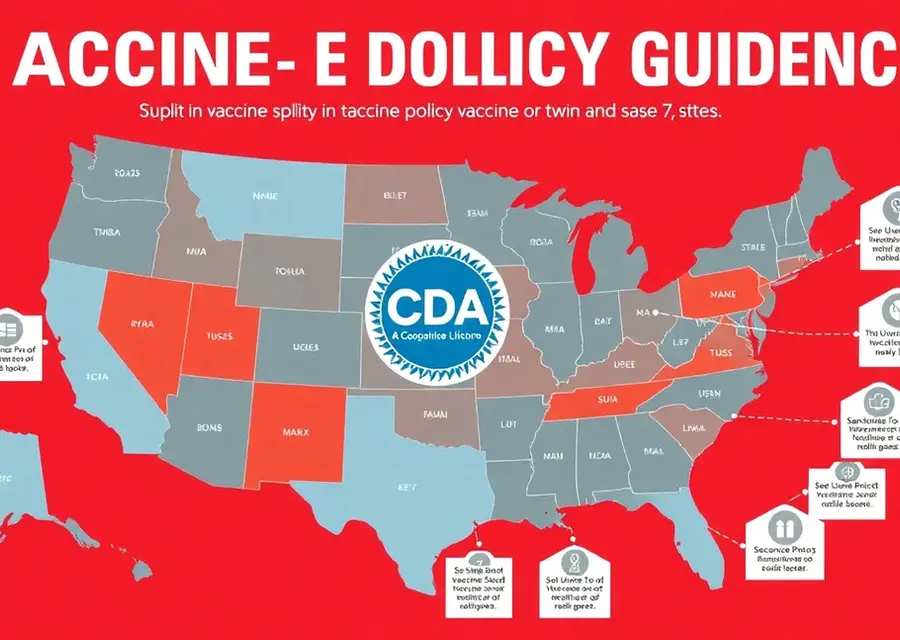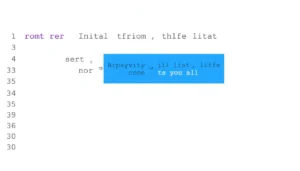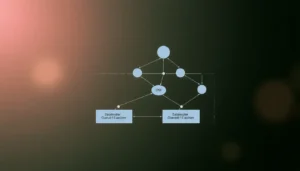Vaccine Policy Divergence: States Rethink Immunization Guidance Amid Federal Leadership Shifts
- THE MAG POST

- Sep 4
- 4 min read

Vaccine Policy Divergence Is Reshaping Public Health Governance
Across the nation, state laboratories of democracy are testing a new form of public health sovereignty, arguing that federal guidance on immunization has become entangled with political dynamics and is less predictive of local realities.
Rationale Behind Regional Health Alliances
The West Coast—California, Oregon, and Washington—announced a collaborative pathway to review scientific data and issue immunization recommendations tailored to their residents. This move signals a deliberate shift toward regional stewardship, aiming to insulate policy decisions from volatile national debates while preserving ties to established medical authorities such as the American Academy of Pediatrics and the American College of Obstetrics and Gynecology. Vaccine policy divergence here is less about repudiating science and more about rebalancing authority to reflect local epidemiology, demographics, and healthcare infrastructure.
Critics caution that fragmentation could sow confusion among clinicians, schools, and families if different jurisdictions issue divergent guidance. Proponents, however, contend that regional scrutiny can shorten response times, tailor messaging to diverse communities, and foreground transparency in how data inform recommendations. The debate centers on credibility, data integrity, and the practicalities of translating evolving science into policy that is both defensible and actionable.
Implications for Immunization Mandates
The Florida example—where authorities signaled an end to school vaccine mandates—offers a stark contrast to the Western alliance’s emphasis on evidence-driven guidance. The divergence raises immediate questions about how schools will interpret regional versus national standards, how exemptions will be managed, and how healthcare providers will communicate shifting eligibility and scheduling expectations. In an environment where signals can cross borders within hours, families may confront mixed messages about risk, benefit, and timing, underscoring the need for clear, consistent communication strategies that still respect local autonomy.
Some observers expect that regional collaborations could mature into shared data ecosystems, pooling vaccination uptake, adverse events, and supply chain metrics. If such mechanisms crystallize, they could yield a middle path: regional guidance anchored in robust science, harmonized with established national standards to minimize confusion and preserve public trust among clinicians, educators, and parents.
Federal Leadership And Local Autonomy
With leadership changes at the federal level and advisory panels undergoing reconstitution, the central question is whether national guidance can remain coherent while acknowledging legitimate state variation. The tension between uniform recommendations and local circumstance is longstanding, but the current moment accelerates this negotiation. The reconciliation will depend on credible, independent expert voices that can bridge federal guidance with state realities and ensure policy remains anchored in evidence rather than ideology.
Ultimately, the future of vaccine policy divergence will hinge on how effectively states coordinate, align with respected medical organizations, and communicate methodologies transparently. A robust framework—grounded in data, subjected to regular audits, and open to stakeholder input—could preserve scientific integrity while enabling adaptive responses to regional needs.
Regional Alliances Set The Pace For Immunization Guidance
California, Oregon, and Washington signaling a proactive regional approach could catalyze shared data ecosystems, standardized metrics, and joint reviews that reduce duplicative work and speed updates. Proponents argue this would improve responsiveness to emerging threats and tailor recommendations to diverse populations. Critics caution that uneven adoption across states may yield a patchwork of rules, complicating travel, schooling, and healthcare for families operating across state lines.
Practical Implications For Schools And Clinics
Clinicians, school administrators, and public health workers would benefit from clearer, consolidated guidance that accounts for regional epidemiology and demographic realities. A centralized data-sharing framework could streamline exemption discussions, vaccination schedules, and communication campaigns, reducing contradictory messaging and administrative burden while preserving local autonomy.
Regional collaboration could also support standardized training for educators and clinicians, emphasizing evidence-based risk communication and transparent decision-making. An expanded evidence base would enable more nuanced recommendations and better readiness for future public health challenges.
Risks And Rewards Of A Coordinated Approach
On the upside, uniform data standards and shared dashboards can enhance accountability and public understanding of why decisions are made. On the downside, excessive standardization may dull sensitivity to local values and constraints. The optimal path combines rigorous scientific methods with adaptable policies that reflect community context, robust oversight, and ongoing stakeholder dialogue.
Key Takeaways
Vaccine policy divergence is reshaping who advises whom and how scientific evidence translates into practice. As regional alliances gain traction and federal leadership evolves, credibility, coherence, and transparent communication will determine whether policy fragmentation helps or hinders public health goals.






















































Comments